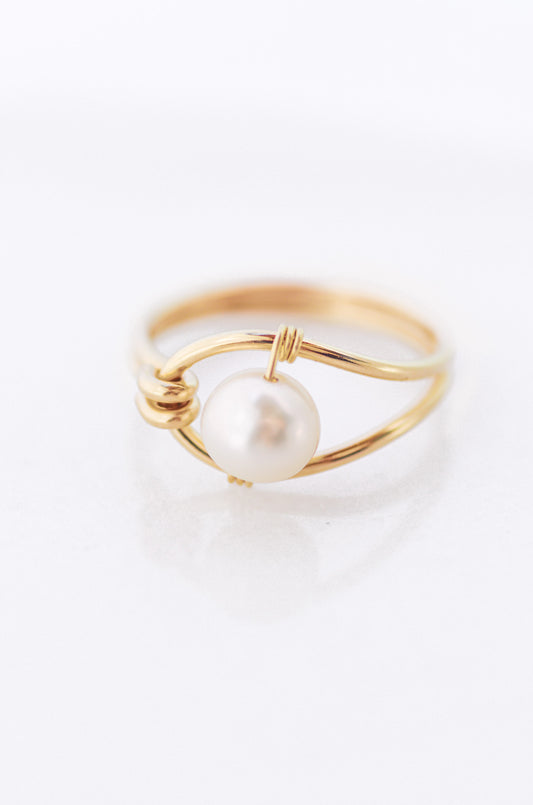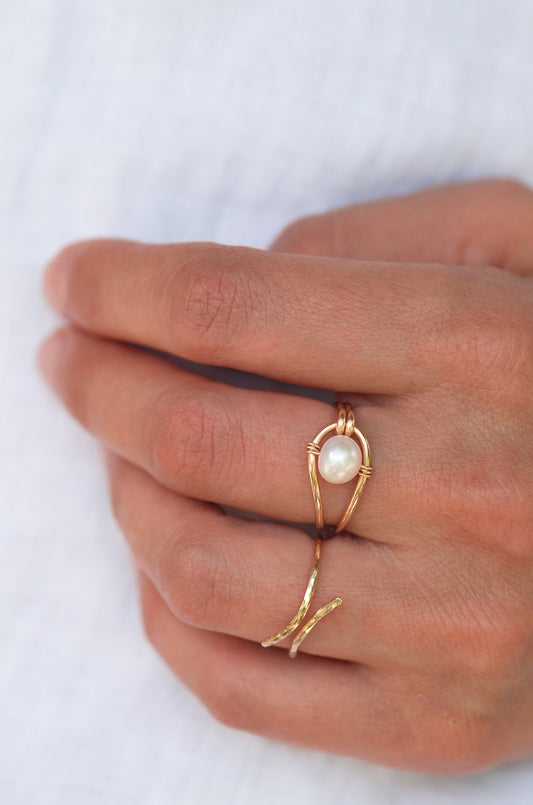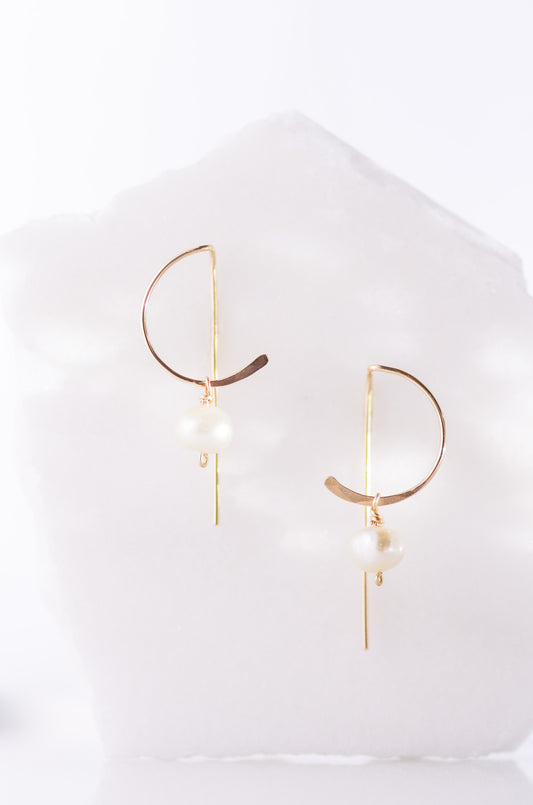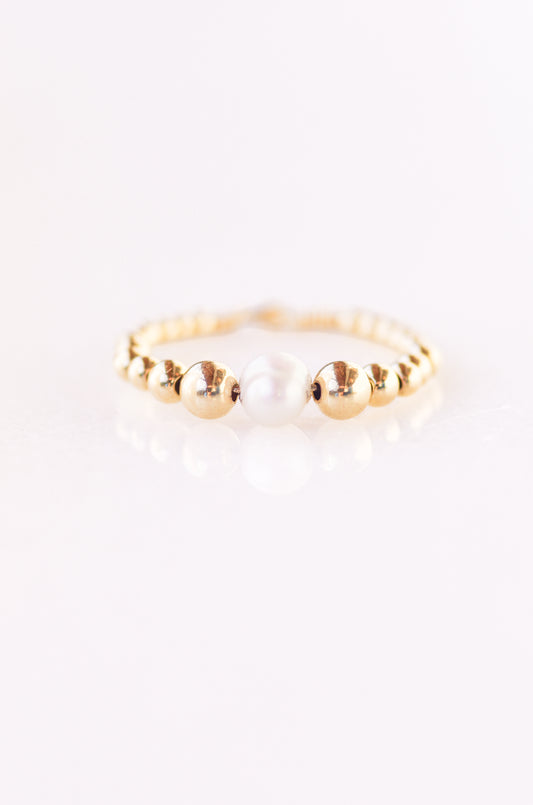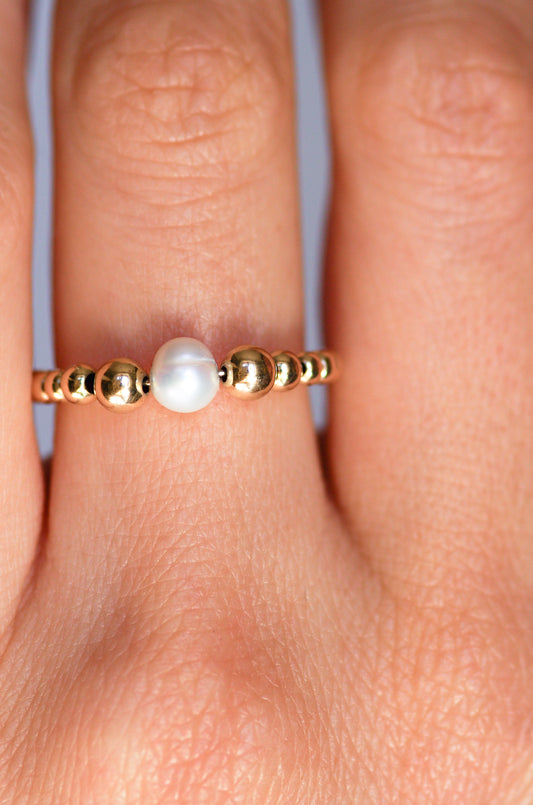Gold-Fill vs. Gold-Plated: Cost and Value Compared
Share
When deciding between gold-fill and gold-plated jewellery, the choice boils down to durability, cost, and long-term performance. Gold-fill jewellery contains significantly more gold and is crafted to last for years without tarnishing or fading. Gold-plated pieces, while cheaper upfront, have a thinner gold layer that wears off quickly, requiring frequent replacements.
Here’s a quick breakdown:
- Gold-Fill: Thick gold layer bonded with heat and pressure. Durable, long-lasting, and better for sensitive skin.
- Gold-Plated: Thin gold layer applied via electroplating. Affordable but prone to wear and tear.
For those seeking longevity and better value over time, gold-fill is the smarter investment.
Materials and Manufacturing Processes
The way jewellery is crafted plays a key role in its look and longevity. By diving into the techniques and materials behind gold-fill and gold-plated jewellery, it’s easier to understand why these two options hold up so differently over time. Let’s break down how each method affects composition, durability, and ethical considerations.
Gold-Fill: Composition and Craftsmanship
Gold-fill jewellery is made using a bonding process that relies on heat and pressure to permanently attach a thick layer of gold to a base metal core. This creates a strong mechanical bond, seamlessly integrating the gold layer into the piece.
What makes gold-fill stand out is its gold content - 100 times more than what’s found in gold-plated jewellery. This higher gold concentration not only gives it a richer appearance but also ensures it’s built to last. The durability of gold-fill pieces adds to their long-term value, making them a worthwhile investment.
Another key feature of gold-fill is its chemical-free manufacturing process. Instead of relying on harsh chemicals, the technique uses heat and pressure, making it a safer option for those with sensitive skin. It’s also a more environmentally conscious choice. At Rays & Riches, this process reflects a commitment to both skin safety and sustainability. By avoiding chemical waste and using ethically sourced and recycled base metals, the brand ensures its practices align with eco-conscious values.
The thickness of the gold layer in gold-fill jewellery means these pieces can handle everyday wear while keeping their shine intact over time.
Gold-Plated: Composition and Craftsmanship
Gold-plated jewellery, on the other hand, is created through electroplating, where a very thin layer of gold is applied to a base metal. While this method gives the jewellery a gold-like appearance, the thin coating is far less durable. Everyday activities - like contact with clothing, lotions, or natural skin oils - can wear down the gold layer, revealing the base metal underneath.
Additionally, the electroplating process involves the use of chemicals, and any leftover residues can sometimes irritate individuals with highly sensitive skin.
Ethical Practices and Environmental Impact
The environmental impact of these two methods is also worth considering. Gold-fill’s chemical-free bonding process avoids the use of harsh acids and metal salts, reducing risks to both workers and the environment. This approach, combined with the use of recycled and ethically sourced metals, makes gold-fill a more sustainable choice. Its durability also reduces the need for frequent replacements, conserving resources in the long run.
At Rays & Riches, practices like carbon-neutral shipping and small-scale, local production further reduce the environmental footprint. By focusing on ethical sourcing and prioritizing recycled materials, the brand ensures a transparent and responsible supply chain. These efforts not only protect the planet but also enhance the enduring value of each piece, meeting the growing demand for jewellery that’s both luxurious and sustainable.
Durability and Longevity
When choosing jewellery that truly endures, the way gold is applied and bonded to the base metal plays a pivotal role. This ties directly to the production methods discussed earlier, shedding light on how durability is achieved.
Gold-Fill: Made to Endure
Gold-fill jewellery is crafted with longevity in mind. Its thick gold layer - legally required to make up at least 5% of the piece's total weight[1] - provides a strong shield against tarnishing, fading, and wear. This higher gold content is a key factor in its impressive durability.
The gold layer is mechanically bonded to the base metal, creating a permanent fusion[1]. Because of this process, the gold won't chip or peel, allowing the jewellery to retain its shine and elegance even with frequent use. With proper care, gold-filled pieces can last a lifetime[1].
Gold-Plated: A Fragile Finish
Gold-plated jewellery, on the other hand, has a much thinner gold layer, making it less durable. The electroplating process applies a coating that typically ranges from 0.175 to 2.5 microns in thickness[2]. This delicate layer is not designed to withstand everyday wear.
Daily exposure to clothing, lotions, perfumes, and skin oils gradually erodes the thin gold coating, eventually exposing the base metal beneath. With gold content usually under 0.05% of the total weight[1], these pieces offer minimal protection. Without meticulous care, gold-plated jewellery may only last about a year[1]. Additionally, because the gold is surface-bonded via electroplating, it is more prone to chipping and peeling, especially in areas that experience friction or impact.
The Value of Durability
Gold-fill jewellery's superior durability makes it a worthwhile investment. While the upfront cost may be higher, the need for replacements is significantly reduced over time. This durability ensures that each piece retains both its aesthetic charm and structural integrity for years.
Moreover, the lasting nature of gold-fill aligns with sustainable luxury principles, as fewer replacements mean less waste. Over time, well-cared-for gold-fill jewellery may develop a soft patina, adding character and enhancing its value. Its enduring quality not only saves money but also supports environmentally conscious consumption by minimizing waste and reducing environmental impact.
sbb-itb-2024ddf
Cost Comparison and Value
When comparing gold-fill and gold-plated jewellery, it's essential to weigh factors like gold content, craftsmanship, and how well each holds up over time.
Gold Content and Pricing Differences
One of the biggest distinctions lies in the amount of gold used. Take brands like Rays & Riches, for example - gold-fill jewellery contains up to 100 times more gold than its gold-plated counterpart. This isn't just about quantity; the way the gold is applied also matters. Gold-fill pieces are crafted using heat and pressure to bond the gold layer to the base metal. This method avoids chemicals, making the jewellery more durable and gentler on the skin.
On the other hand, gold-plated jewellery features a much thinner layer of gold. This makes it more affordable upfront, but it lacks the same long-term value and durability that gold-fill offers.
Value Over Time
While gold-plated jewellery may save you money initially, it tends to wear out faster and often requires more upkeep to keep it looking presentable. In contrast, gold-fill jewellery is built to last with minimal maintenance. Its higher gold content not only ensures durability but also means it retains intrinsic value, making it a smart choice for resale or even passing down as an heirloom.
Comparison Table: Key Attributes
Here's a side-by-side look at how gold-fill and gold-plated jewellery stack up:
| Attribute | Gold-Fill | Gold-Plated |
|---|---|---|
| Gold Content | Contains up to 100× more gold | Features a much thinner gold layer |
| Manufacturing | Bonded using heat and pressure (no chemicals) | Produced via electroplating |
| Longevity | Designed for long-term durability | Prone to wear and needs replacement |
| Maintenance | Requires only gentle cleaning | Needs extra care to maintain finish |
| Resale Value | Retains intrinsic gold value | Lower intrinsic value |
This breakdown highlights why gold-fill jewellery often provides better value, especially in the long run.
Why Gold-Fill Is the Better Investment
When it comes to jewellery, gold-fill stands out as a smart and durable choice. Compared to gold-plated pieces, gold-fill offers greater longevity, retains its value better, and delivers more economic and aesthetic benefits over time.
The key lies in the higher gold content. Gold-fill jewellery is designed to maintain its appearance and worth for decades, unlike gold-plated pieces that may fade or tarnish after just a few months. While gold-fill may come with a higher initial price tag, its long-lasting quality saves you from the hassle and cost of frequent replacements.
Brands like Rays & Riches take it a step further by using a chemical-free bonding process and ethically sourced, recycled metals. Their hypoallergenic designs are not only kind to your skin but also align with sustainable and responsible practices. The thicker gold layer in gold-fill jewellery prevents the base metal from touching your skin, minimizing irritation - a big plus for everyday items like rings and bracelets[3].
Gold-fill doesn’t just last longer; it preserves the integrity of intricate designs, making it an excellent choice for meaningful, timeless pieces. These qualities can even turn your jewellery into heirlooms. With transparent pricing and a focus on craftsmanship, gold-fill reflects a commitment to ethical and sustainable values.
Choosing gold-fill means selecting jewellery that keeps its beauty and value intact over the years. Every piece tells a story of thoughtful design and responsible decisions, offering you lasting satisfaction and a refined, sustainable experience.
FAQs
How do the manufacturing processes of gold-filled and gold-plated jewellery impact their durability and value?
Gold-filled jewellery is made by bonding a substantial layer of 14-karat gold to a base metal through a combination of heat and pressure. This method results in a sturdy, tarnish-resistant finish that can endure daily wear for years. On the other hand, gold-plated jewellery uses a much thinner layer of gold applied through electrochemical plating, which tends to wear off, chip, or tarnish more quickly.
Thanks to its thicker gold layer and the strong bonding technique, gold-filled jewellery is far more durable and holds its value better over time. It's an excellent choice for anyone looking for both quality and longevity in their jewellery.
What makes gold-fill jewellery a more sustainable and eco-friendly choice compared to gold-plated jewellery?
Gold-fill jewellery stands out as a more environmentally conscious choice thanks to its mechanical bonding process. This technique applies a thick layer of gold - typically 14k - onto a base metal like brass using heat and pressure. Since it skips the use of harsh chemicals, it’s not only kinder to the environment but also gentler on sensitive skin.
On the other hand, gold-plated jewellery uses a much thinner layer of gold, applied through electrochemical methods that often result in chemical waste. Gold-fill pieces also have a much longer lifespan, cutting down on the need for frequent replacements and promoting a more sustainable way to enjoy jewellery.
How does the cost of gold-fill jewellery compare to its value and heirloom potential?
Gold-fill jewellery strikes a great balance between affordability and lasting value. While it costs more upfront than gold-plated options, it’s significantly less expensive than solid gold. This makes it a smart choice for anyone looking for quality and durability without overspending.
What sets gold-fill apart is its construction. A thick layer of gold is bonded to a base metal through heat and pressure, creating a piece that resists tarnishing and stands up to daily wear. Its durability means it’s perfect for everyday use and even ideal for heirloom pieces, as it retains its beauty over time. Plus, when made with ethical and sustainable practices - like those followed by Rays & Riches - it becomes not just a stylish choice, but a responsible one too.

